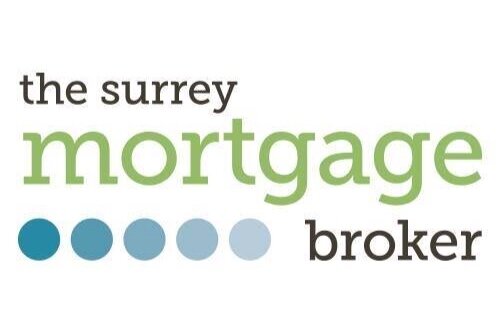One of my areas of speciality is helping those who are self employed arrange their mortgages. In the self employed bracket I also include directors of limited companies, as lenders largely treat these in the same way.
October is an important month for those who are self employed and looking to arrange a mortgage, as lenders like to see accounts that are less than 18 months old. What do I mean by this exactly? Well for a mortgage application the lender will want to see your latest Tax Calculations, these used to be called SA302s. The lender will most probably want to see the last two years, and will take an average of the net profit when calculating how much you can borrow*.
Chances are you may not have completed your tax return for 2020 yet as you have until 31st January 2021 to do this. However, if you want to get a mortgage then you had better crack on and get it done as the Tax Calculation from 2019 is not going to be enough. Lenders feel that using income you earned from 2018 to 2019 is not going to be a reflection of your current capability of paying a mortgage, and so want more up to date information.
This year due to “you know what” then the lenders are being a little more stringent with their lending. For example, they will want six months trading bank statements (business account). This is to see what the trading levels have been like during lockdown, also if you have taken any government help this might affect things.
Another thing to note is that lenders also want to see your “Tax Year Overviews”. Often when I tell clients this they have no idea what I’m talking about so I’ll try and explain. They basically tell the lender that you have paid the tax you owe. On your Tax Calculation will be an amount of tax owed, on your tax year overview for the same year it should show you have paid the tax owed on that tax calculation, these numbers need to match to the penny.
Below I’ve listed instructions on how to get the relevant documents from the inland revenue, if you use an accountant then they will be able o do this on your behalf.
For Tax Calculations (SA302) you should:
Log into your HMRC online account (www.online.hmrc.gov.uk)
Select “Self-Assessment”
Follow the link “tax return options”
Choose the year from the drop down menu
Follow the link “view calculation”
Follow the link “view and print your calculation”
Follow the link “print your calculation”
For Tax Year Overviews:
Log into your HMRC online account
Select “Self-Assessment”
Follow the link “view account”
Follow the link “tax years”
Choose the year from the drop down menu and click “go”
Follow the link “print your Tax Year Overview”.
Hope this helps and if you need any assistance then by all means get in touch!
*Average of last two years net profit or the latest year if it is lower. For limited company directors it will be the average of last two years salary and dividends combined or latest year if lower.














